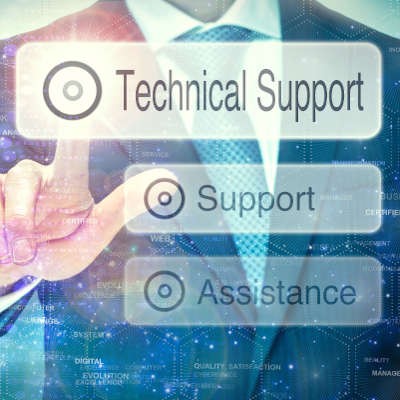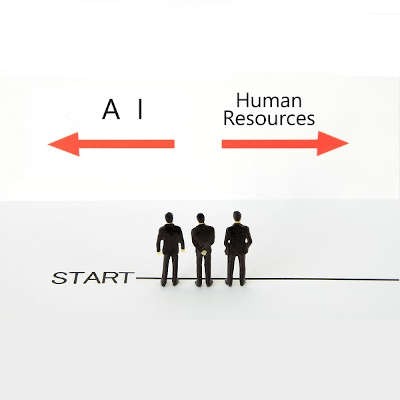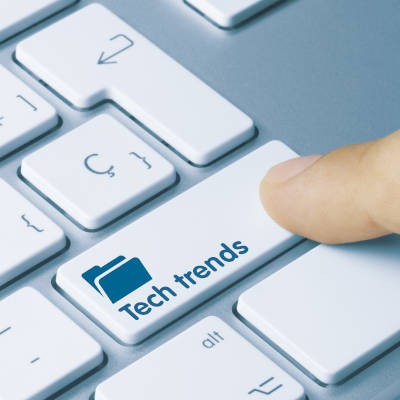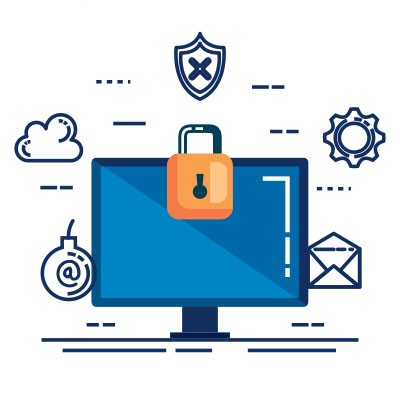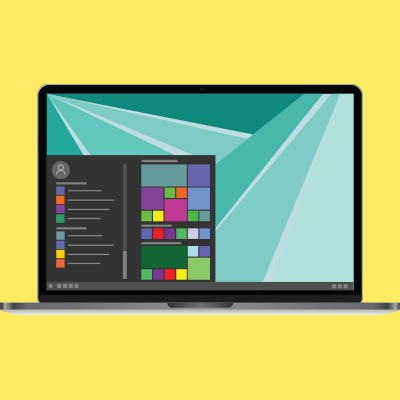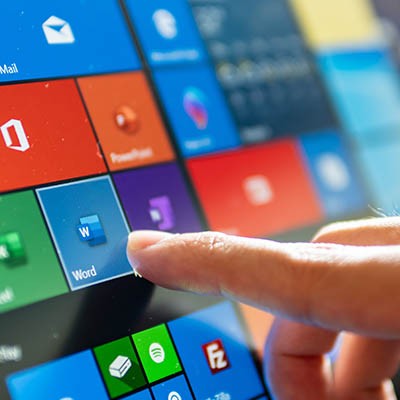When the stay-at-home orders were reigning down early in March, people weren’t sure just how long precautionary measures would last. Now that a large percentage of the workforce is either out of work, just returning to work, or working from home after nearly 100 days, it has proven to be one of the most challenging periods for businesses in contemporary business history. Today, we’d like to flip the narrative a bit and talk about three technology solutions that can fix some of your business’ problems in a time when there are plenty to fix.
EZ MSP Blog
As time passes and technology is developed, a lot of the processes that businesses rely on become more efficient and stand to deliver greater benefits to the organizations that use them. These benefits are accessible to businesses of all sizes, including small businesses. Let’s go over a few small business needs, and how technology can assist with them.
The cloud cast by COVID-19 wouldn’t seem to have very much of a silver lining at all, but if one looks very closely, there is the faintest one there. As more and more people are subscribing to self isolation and similar practices, remote work has become a more pressing need. In response, many Internet service providers and mobile data carriers are taking action and putting changes in place that actually resemble net neutrality.
Big data, or massive data sets that can be used to make inferences and reveal patterns, has become an increasingly important part of modern business and can be leveraged in many different ways. There are a few different options for storing this data available, which the use case for the data will dictate. Here, we’ll evaluate whether a “data lake” or a “data warehouse” would better suit your needs.
Human resources are a part of almost any business. That is because there are a lot of Is to dot and Ts to cross in any business. Some HR departments are better than others, but typically the HR department deals with most of the elements of the business that deal with, you guessed it, the human resources (employees). Today, the HR landscape is changing as businesses are now looking to automation to handle much of the heavy lifting.
You’re probably familiar with a situation where your technology is on the fritz and someone says to you “Why don’t you turn it off and turn it back on?” What you have no way of knowing is that by turning it off and turning it back on, you aren’t getting the same result you would if you simply restarted the machine.
Blockchain is one of the most dynamic new technologies, but up until recently, there hasn’t been a lot accomplished in the way of creating viable distributed software titles. In fact, the most practical technology created with blockchain is cryptocurrency. This says quite a bit. Today, we’ll take a look at blockchain-enhanced software and how it’s only a matter of time until it is a commonplace addition to most businesses.
Businesses have two different types of technology to contend with each day: their information technology, and their operational technology. As these categories have become less distinct with the introduction of the Internet of Things and other similar advancements, a few new challenges to maintaining security have become apparent. Let’s go over these challenges, and what you need to do to overcome them.
While there are definitely gimmicks when it comes to technology in the small business (for instance, USB-powered staplers) there are many devices and technologies that have far more utility, although they may not seem to be applicable to all industries. One example would be the digital signage solutions that have grown in popularity. While they may seem to have limited uses outside of retail, there are plenty of ways to use them to your advantage.
All businesses demand a certain amount of technology in order to push their organizational profitability forward. Whether they invest in tried-and-true technologies or they use their capital a little more innovatively, really depends on how decision makers’ forecasts of those investments help the organization become more productive or efficient. Today, we will look at five of the most important technology trends for SMBs in 2020.
As important as it is to keep your technology up-to-date, it can sometimes be prohibitively expensive to do so throughout your entire business. If you have found yourself in this position, one option you may consider is to resort to hosted desktop solutions. Here, we’ll go over what a hosted desktop is, and how it can serve companies well.
VoIP (Voice over Internet Protocol) solutions famously offer businesses some significant cost savings. While this may be the extent of many people’s understanding of its value, VoIP actually has a lot more to offer. That’s why we wanted to go over just a few of its benefits - to provide a bit of insight into what makes VoIP such a great choice for today’s organizations.
It’s pretty easy to ignore the printers around your office - until they run out of toner/ink, or jam, or just disappear from your network for seemingly no reason. Okay, it’s easy to ignore printers most of the time. Unfortunately, business owners do tend to ignore their printers, and this can get really expensive over time.
New technology can be extremely exciting, but for any business, it can be kind of scary. Implementing technology that isn’t completely established is a major gamble that could have multiple negative impacts. On the other hand, sometimes early adoption of emerging technology will give a business just the boost it needs to blow past projections. Today, we will look at three emerging technologies that the small to medium-sized business will have to consider in the near future.
Microsoft Windows has been a staple of personal computing for almost 35 years. When Microsoft retires their Windows 7 OS in a couple of weeks, they will be left with only two PC OSs functional: Windows 8.1 and Windows 10. Today, we will take a look at the Windows 10 OS and when to expect Microsoft to release a new operating system.
As hokey as it sounds, the Internet almost transcends other pieces of technology. While estimating the economic impact of the Internet is a formidable feat, Cisco came up with 19 trillion dollars - 21 percent of all the money in the world. So, with access to a resource this valuable, it’s silly not to make the most of it.
You’d be hard pressed to find anyone who works on a computer who hasn’t used at least one of the applications in Microsoft Office. Office has been a staple for professionals, students, and home users for decades. Over the last few years, Microsoft has reinvented how businesses can collaboratively use Office to improve productivity, security, and adhere to compliances.
It isn’t exactly a secret that small and medium-sized businesses appreciate any opportunity to reduce the amount of money they have to spend to successfully operate. One means that businesses of all sizes have used to do so has been VoIP (Voice over Internet Protocol) telephony. Here, we’ll explore just how VoIP solutions are friendlier to a business’ budget.

